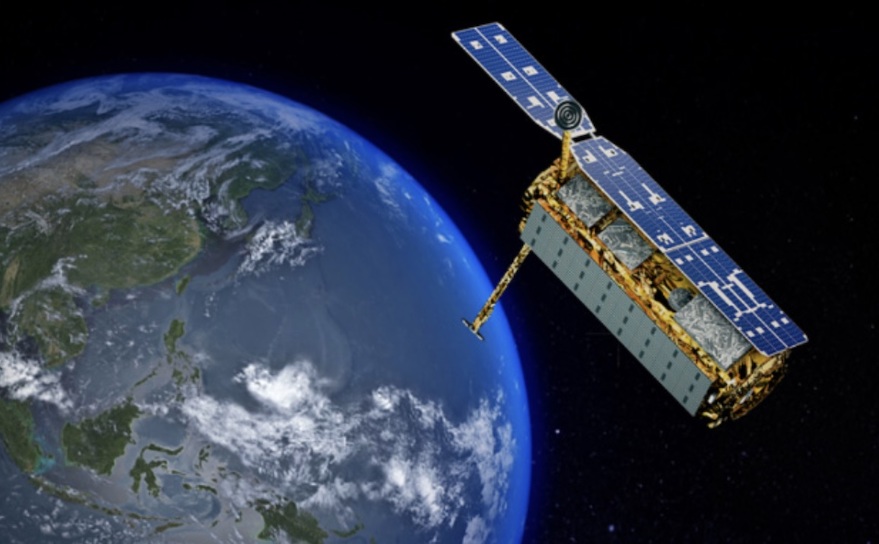SEOUL, South Korea — South Korea has selected Arianespace’s Vega C rocket to launch a multipurpose imaging satellite, KOMPSAT-6, that has remained grounded due to sanctions imposed on Russia for invading Ukraine.
South Korea’s vice minister for science, Oh Tae-seog, announced Feb. 1 that Vega-C was selected for the launch following international bidding.
In December, South Korea formally revoked a Russian contract for what was supposed to be a late 2022 launch of KOMPSAT-6 from the Plesetsk Cosmodrome in northern Russia aboard an Angara rocket, according to the vice minister. He didn’t explain whether the Korean government would seek Russian compensation for the delay.
No new date has been set for KOMPSAT-6’s launch. Vega C suffered a launch failure in December while attempting its first commercial flight following a successful July debut. Arianespace and the European Space Agency established an independent commission to investigate the Dec. 20 failure. “We will decide details after the investigation is over,” Oh said.

KOMPSAT-6 is South Korea’s second satellite equipped with synthetic aperture radar (SAR), following KOMPSAT-5, launched in August 2013 on a Dnepr-1 launch vehicle from Dombarovsky, Russia. Once in orbit, KOMPSAT-6 will monitor the Earth from about 505 kilometers above the Earth’s surface at a resolution of 0.5 meters per pixel for five years. While the satellite bus was developed by the state-funded Korea Aerospace Research Institute (KARI), its payload was made by domestic aerospace manufacturer LIG Nex1 under the technical assistance of Airbus Defence and Space.
There are two other Korean satellite missions whose launch has been delayed by the anti-Russia sanctions: CAS500-2 remote sensing satellite and SNIPE, a constellation consisting of four 6U CubeSats to identify temporal and spatial variation of small scale plasma structures in the ionosphere and magnetosphere. CAS500-2 was supposed to launch in the first half of 2022 on a Soyuz rocket from Russia’s Baikonur Cosmodrome in Kazakhstan, and SNIPE in the first half of last year on a Soyuz rocket from Baikonur Cosmodrome.
While the SNIPE was decided in October last year to launch on South Korea’s KSLV-2 rocket, expected in May, CAS500-2 is expected to fly on an overseas launch vehicle. “We will host an international bidding in March to select a launch vehicle that will carry CAS500-2, hopefully in the first half of next year,” the vice minister said.
Meanwhile, firefighters extinguished a fire at Naro Space Center, the only civilian rocket launch site here, during a test of a turbopump that feeds propellants to rocket engines, the science ministry said Jan. 1. The fire broke out in the afternoon and was extinguished in about 70 minutes, the ministry said. “Some testing equipment was affected by the fire, but no casualties have been reported,” Roh Hyung-il, a KARI spokesman, told SpaceNews. He said the ill-fated test was not related to the planned third launch of KSLV-2 rocket in May.
